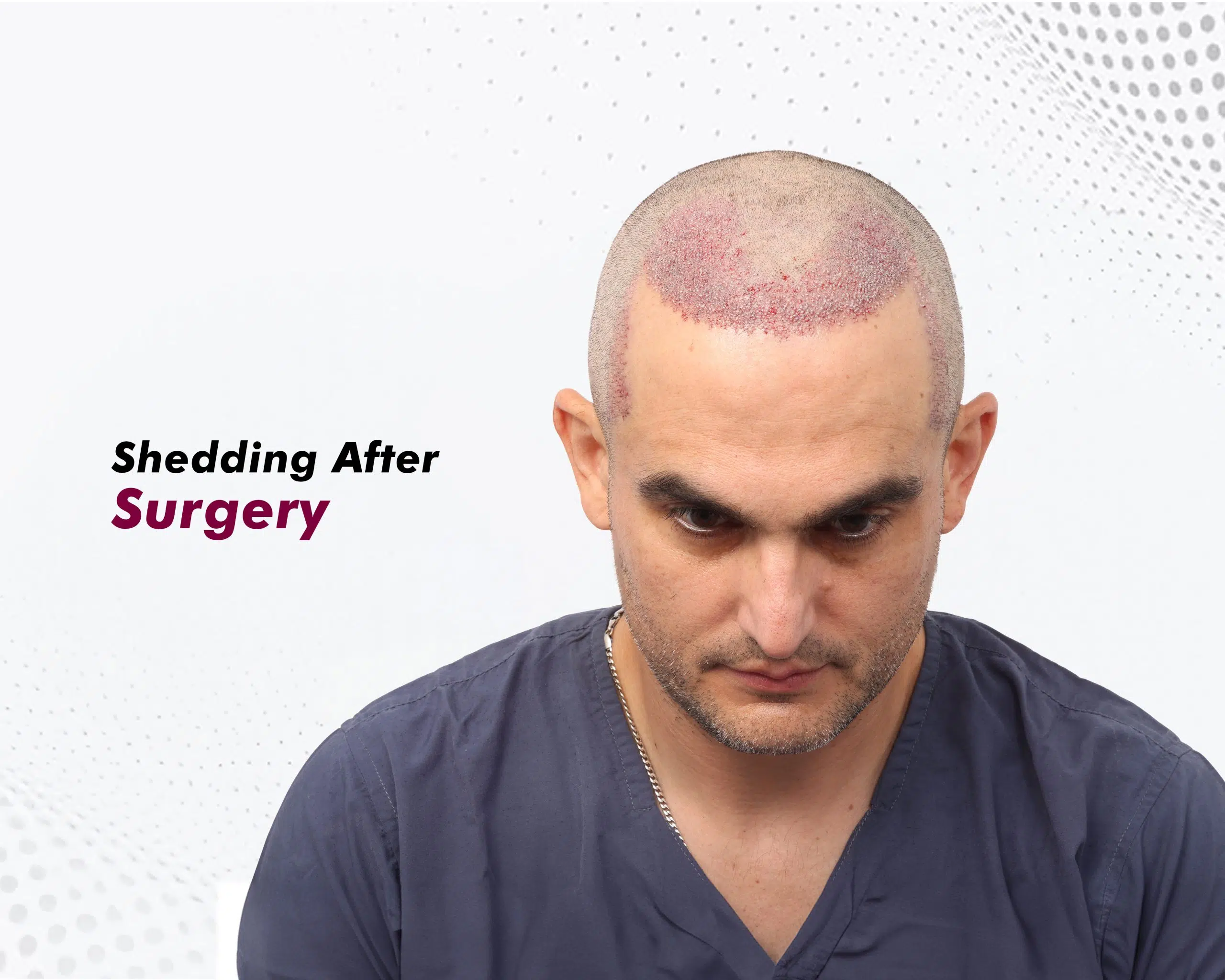How Does Hair Transplant Procedure Work?
Hair transplant surgery has emerged as a powerful tool for reclaiming a youthful appearance, but the intricate process behind achieving natural-looking results can be shrouded in mystery. This hair transplant procedure article guides you from the initial research to the innovative techniques trusted by celebrities and athletes.
6 Steps to know about a Hair Transplant Procedure:
Step 1: Understanding the Importance of Online Research
The first step is to empower yourself with knowledge. Reputable websites of hair transplant clinic and organizations like the International Society of Hair Restoration Surgery (ISHRS) offer valuable resources. Online forums like the Hair Restoration Network (HRN) can provide insights from patients who have undergone the procedure. However, it’s important to remember that individual experiences may vary.
While online research is a valuable tool, it shouldn’t replace the expertise of a qualified hair transplant surgeon. Be wary of sensational claims or unrealistic promises. Focus on gathering information about hair transplantation procedures, techniques, and expected outcomes. Reputable sources will present balanced information and realistic expectations.
Step 2: Consultation and Evaluation
The next step is a crucial in-person consultation with a qualified hair transplant clinic. This is your opportunity to discuss your concerns, goals, and medical history. The counselor will evaluate your scalp with the help of a surgeon, assessing the grade of baldness using the Norwood scale (for men) or Ludwig scale (for women). This classification system helps determine the extent of hair loss and the potential donor area.
The surgeon will also meticulously examine the quality and density of your donor hair, typically located at the back of the scalp. This robust donor area is essential for successful graft harvesting. Blood tests may be conducted to ensure overall health and suitability for hair transplant procedure.
Step 3: Planning the Blueprint: Designing Your Hairline
Based on the evaluation and your desired outcome, the surgeon will create a personalized treatment plan that goes beyond just the number of grafts. This plan incorporates factors like your facial features, age, existing hair pattern, scalp laxity (stretchiness), and desired hairline style.
Here’s a deeper dive into the factors considered during treatment plan design:
- Facial Features: The surgeon will consider the proportions of your face, including the forehead, eyebrows, and cheekbones. The hairline should complement these features and create a balanced aesthetic. For example, a high forehead might benefit from a slightly lower hairline to achieve a more youthful appearance.
- Age-Appropriate: Hairlines naturally recede with age. The surgeon will design a hairline that is appropriate for your current age while also considering potential future recession patterns.
- Existing Hair Pattern: The surgeon will map out the existing hair pattern, including the direction of hair growth and the density of remaining hair. The transplanted grafts will be strategically placed to blend seamlessly with your existing hair for a natural look.
- Desired Hairline Style: Ultimately, the surgeon will work with you to determine your desired hairline style. Popular options include straight, slightly rounded, or temples with peaks. The surgeon will advise you on the best style for your facial features and overall aesthetic goals.
Step 4: Unveiling the Techniques: FUE and the Revolutionary DHT
There are two primary hair transplant techniques: Follicular Unit Extraction (FUE) and Follicular Unit Transplant (FUT).
1. Follicular Unit Extraction (FUE) Technique
FUE, the more preferred method, involves extracting individual follicular units (groups of 1-4 hairs) directly from the donor area using a specialized punch instrument. This minimally invasive approach leaves minimal scarring, making it ideal for shorter hairstyles.
2. The DHT Technique: A Game-Changer for Natural Results
Pioneered by Dr. Arika Bansal and Dr. Pradeep Sethi of Eugenix Hair Sciences in India, the Direct Hair Transplant (DHT) technique takes FUE a step further. Here’s how DHT elevates hair restoration:
- Minimally Invasive Extraction: DHT utilizes a specialized method that minimizes trauma to the scalp. This ensures healthy grafts with a higher survival rate, ultimately leading to a denser, more natural-looking head of hair.
- Direct Implantation for Optimal Growth: Extracted grafts bypass storage solutions, which can potentially compromise their viability. DHT prioritizes immediate implantation into the recipient area, maximizing the number of healthy follicles that thrive in their new location.
- Single-Step Efficiency: DHT combines extraction and implantation into a single, efficient step. This reduces overall surgery time and minimizes patient fatigue.
Step 5: The Procedure: Bringing the Blueprint to Life
On the day of hair transplant surgery, the scalp is numbed with local anesthesia. Using the FUE or DHT technique, the surgical team consisting of the surgeon, assisted by trained senior technicians, meticulously extracts the follicular units. These precious grafts are then meticulously implanted into the recipient area according to the pre-designed hairline, ensuring proper angulation, direction, and density for a natural appearance.
Step 6: Recovery and Aftercare
Following the procedure, the scalp may experience some swelling and tenderness, which typically subside within a few days. The Post-surgery care team will provide detailed post-operative instructions to promote healing and optimize graft survival.
The Road to Renewed Confidence
Hair transplant surgery is not a one-time event; it’s a journey. Results are not instantaneous, and it can take up to 8-11 months to see the full effect as transplanted hair grows at its natural rate. However, with proper care and a commitment to following your clinic’s instructions, hair transplant surgery has the potential to significantly improve your appearance and boost your confidence.
Hair transplant procedure, when performed by a qualified and experienced surgeon using advanced techniques, can be a life-changing experience. By embarking on thorough research, choosing a reputable clinic, and understanding the meticulous steps involved in surgery, you can take the first step toward reclaiming a full head of hair.






























